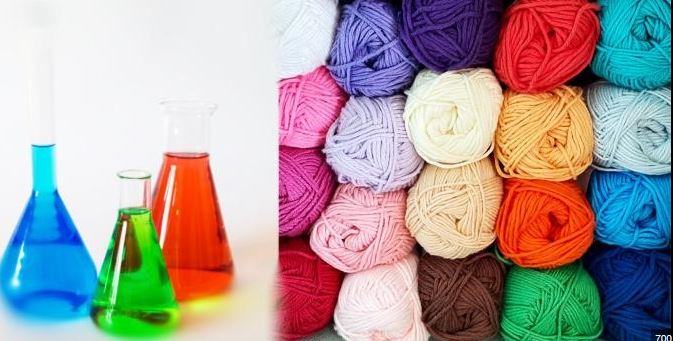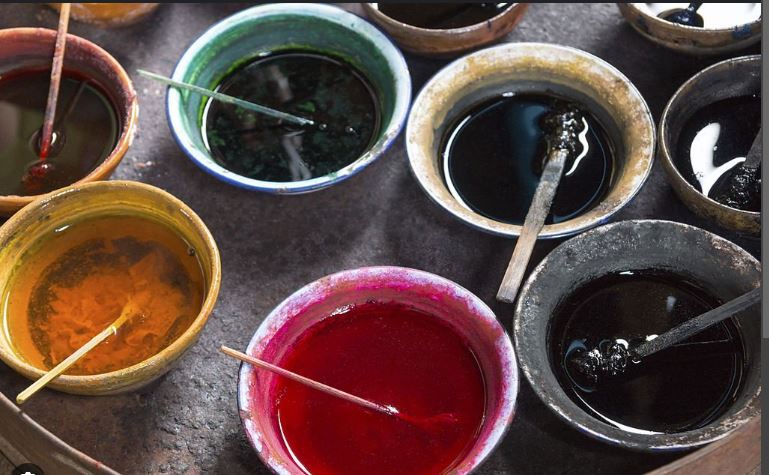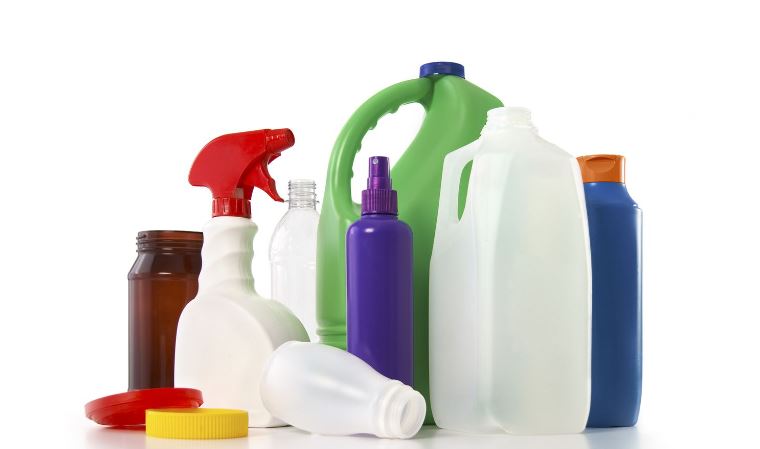Boosting Color Retention is an essential process in the textile industry, allowing for a vast array of colors and patterns on clothing and other textiles. To ensure vibrant and long-lasting colors, the fabric must retain dye effectively. Chemicals play a crucial role in enhancing color retention, making it possible for fabrics to maintain their hue even after repeated washings and exposure to sunlight.

Boosting Color Retention How Chemicals Enhance Fabric Dyeing
Chemical Agents for Color Fixation
One of the key types of chemicals used in fabric dyeing are color fixatives. These agents help bond the dye to the fabric fibers, preventing color from fading or washing out. Fixatives such as mordants are often employed to improve the adherence of dye to natural fibers. For synthetic fibers, chemicals like reactive dyes form covalent bonds with the fabric, ensuring a strong and durable color attachment. By using these chemicals, manufacturers can achieve more vibrant and long-lasting colors.
Advancements in Dye Fixation Technology
Recent advancements in dye fixation technology focus on improving both the effectiveness and environmental impact of chemical agents. Innovations include the development of more efficient fixatives that require lower concentrations, thereby reducing the amount of chemical waste. Additionally, researchers are exploring biodegradable and eco-friendly fixatives derived from natural sources. These advancements aim to enhance color retention while minimizing the environmental footprint of the dyeing process.
Application Methods for Dye Fixatives
The application of dye fixatives varies depending on the type of dye and fabric. Common methods include immersion, padding, and spraying. Immersion involves soaking the fabric in a solution containing the fixative, allowing it to penetrate the fibers. Padding applies the fixative using rollers or padding machines, ensuring even distribution. Spraying involves applying the fixative in a fine mist to the fabric surface. Each method is selected based on the specific requirements of the dyeing process and the type of fabric used.
Impact of Fixatives on Fabric Properties
While dye fixatives enhance color retention, they can also impact the overall properties of the fabric. For example, some fixatives may affect the fabric’s softness or flexibility. Manufacturers carefully balance the benefits of color retention with the need for comfort and usability. Advances in fixative formulations aim to minimize any negative effects, ensuring that fabrics remain both vibrant and comfortable.
Testing for Color Fastness
Testing is essential to verify the effectiveness of dye fixatives and ensure that fabrics maintain their color under various conditions. Common tests include wash fastness, light fastness, and rubbing fastness. Wash fastness measures how well the color withstands laundering, light fastness evaluates color stability under exposure to sunlight, and rubbing fastness assesses color transfer during friction. These tests help ensure that the fixatives perform as expected and that the fabrics meet industry standards.
Consumer Benefits of Enhanced Color Retention
Consumers benefit from enhanced color retention through garments that stay vibrant and look new for longer periods. Fabrics with superior color retention maintain their appearance even after multiple washes and extended wear, providing better value and satisfaction. Enhanced color retention also contributes to the overall aesthetic appeal of clothing, making it more attractive and desirable.
Future Trends in Dye Fixation
Future trends in dye fixation are likely to focus on further advancements in chemical formulations and sustainability. Innovations may include the development of new fixatives that offer even greater color durability while being environmentally friendly. Researchers are also exploring the integration of dye fixation with other performance features, such as stain resistance and antimicrobial properties, to enhance the overall functionality of textiles.
Conclusion
Chemical agents play a vital role in boosting color retention in fabric dyeing, ensuring that garments maintain their vibrant hues over time. By utilizing advanced fixatives and application methods, manufacturers enhance the durability and appeal of fabrics while addressing environmental concerns. As technology continues to evolve, future innovations will likely offer even more effective and sustainable solutions for color retention in textiles.



